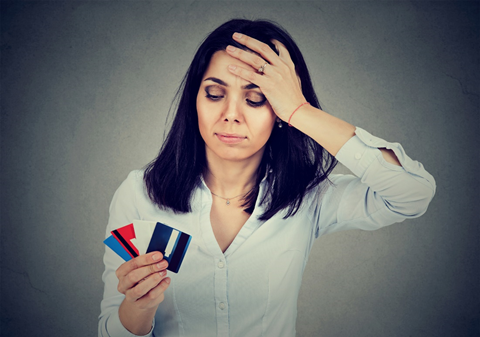What is carding?
The term carding is used to describe the trafficking of bank account, credit card, and other personal information and to make other related fraud. In carding, the holder of the stolen card buys gift cards and sells them to others in return for cash. Those who are involved in such type of fraud are known as “carders.” In such type of activities, the thieves' resort to money-laundering techniques and gather the details of the actual card holder.
Summary
- Carding refers to a credit card fraud, wherein, stolen cards are used to purchase prepaid gift cards.
- Contemporary carding sites are termed as full-service commercial entities. Some Carding Forums can only be found in the dark web.
- The United States is more vulnerable to credit card fraud because there the usage of credit and debit card is more.
Frequently Asked Questions (FAQs)
How will you know if your credit card information has been stolen?
Unless you notice an unauthorised charge on your card, you might not know that your credit card has been stolen. This is primarily because it is not the physical form of the card which is missing and can be detected. Few things which you should take care of after finding your credit card missing are:
- Do not expect your bank to keep a note to catch instances of credit card theft. Though, the credit card issuer might contact you or freeze your card if they observe purchases have been made outside your spending habits. But one should never rely completely on bank thinking that the bank will notify you if it doubts any fraud.
- Keep a track of your credit card and if you notice any suspicious activity report about the fraudulent purchases without any delay.
- It is not just sufficient to read the bank messages whenever you do a transaction, instead a regular check of your messages will let you identify fraudulent purchases. There are few credit card issuers who send real-time transaction notifications on your registered number.
- One should always keep an eye on news regarding hacks & data breaches. There are media houses who disclose the name of the store affected and the date or date when any data breach or fraud takes place.
- Review your latest credit card transactions to see if there are any transactions you did not make. Keep an account of the fraudulent charges you discovered and then have a word with your card issuer.
- There exists two acts - Fair Credit Billing Act and the Electronic Fund Transfer Act, which to an extent provide protection to the cardholder, if there is any credit card fraud.
- After it is established that there has been a credit card theft, the card issuer will cancel the lost card and create a new credit card with a new number.
What are the measures you can take to keep your credit card safe?
Possession of a credit card always makes you more vulnerable to the card theft. However, there are still a lot of things which you can do to keep your card safe. The measures include – a strong password, extra caution about where you use your card, opting for secure websites, and abstaining from storing your card details in web browser.

Image Source: © Kiosea39 | Megapixl.com
What are the different ways fraudsters use to steal your credit card details?
Most of the times it is seen that the fraudsters obtain your credit card information through credit card processing chain.
Thieves involved in carding will never come directly to you seeking your card details or any other important information related to your bank account. Instead, they get access to it via credit card processing chains. Some of the techniques used by the hackers are:
Hacking into businesses
Fraudsters can get you card details from any company involved in credit card processing. Many a times, data breaches specifically target big-big organisations. An example can be the case of Equifax data breach of 2017.
Skimming
A small device popularly known as credit card skimmer gathers your card information from a lawful transaction. To get access to the information related to the card details the thieves cunningly put the credit card skimmers over the credit card swipe at gas stations or ATMs. The information captured is retrieved later.
Through installation of viruses or malwares
Those involved in cybercrimes often design software which are downloaded in email attachments or other software that exist on your computer or smartphone undetected.
Often under the guise of software update, hackers install viruses or malware into other person’s device such as computer or tablet to get access to his/her critical information related to card details.
Phishing Scams
Thieves obtain your crucial information via phone, email, fake websites and even via text message. One should never fall into the trap and never disclose the credit card details on phone to anyone unless there is a 100 percent surety.
Dumpster Diving
If you are in a habit of throwing away the receipts that contains your credit card number information, then you are at a risk of theft.

Image Source: © Ra2studio | Megapixl.com
How do online shopping platforms prevent carding fraud?
The most common methods used by e-commerce sites to detect carding frauds include--Multifactor authentication (MFA) method, CAPTCHA , Address Verification System, Card verification value (CVV), authorization/capture method and Payer authentication systems.
 Please wait processing your request...
Please wait processing your request...